
 Data Structure
Data Structure Networking
Networking RDBMS
RDBMS Operating System
Operating System Java
Java MS Excel
MS Excel iOS
iOS HTML
HTML CSS
CSS Android
Android Python
Python C Programming
C Programming C++
C++ C#
C# MongoDB
MongoDB MySQL
MySQL Javascript
Javascript PHP
PHPPhysics
Chemistry
Biology
Mathematics
English
Economics
Psychology
Social Studies
Fashion Studies
Legal Studies
- Selected Reading
- UPSC IAS Exams Notes
- Developer's Best Practices
- Questions and Answers
- Effective Resume Writing
- HR Interview Questions
- Computer Glossary
- Who is Who
What are the different types of inflation?
We often hear that the major problems of a developing economy are inflation and unemployment. But what is inflation? How does inflation affect an economy’s working and quality of life? Why should we be concerned about this? What are the different types of inflation?
It is time that we unravel these questions.
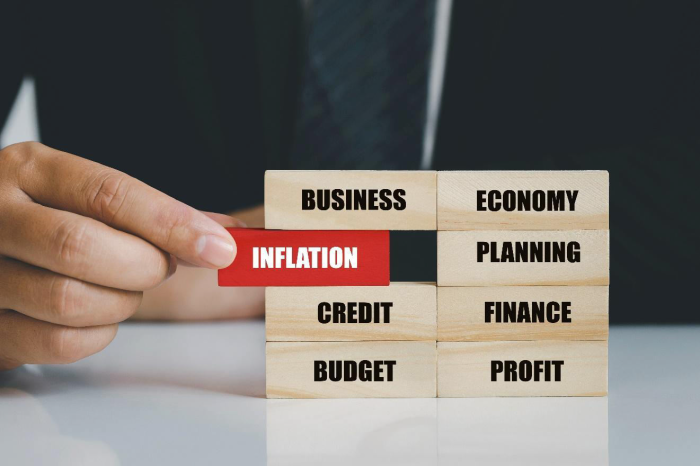
The increase in the price of goods or services or the decrease in the purchasing power of consumers is known as inflation. Simply put, the number of goods or services an individual could buy with Rs. 100 in the year 2000 is far less than what he can buy now with the same amount. To check the rate of inflation more precisely, an individual can compare the amount of money it would take to purchase a basket of goods in the year 2000 and the amount it would take to purchase the same basket of goods in the year 2022. This method is applicable for calculating the rate of inflation every year. It is very important for individuals and businesses to understand the concept of inflation. The concept of inflation will help the companies in determining their investment decisions, their purchase decisions, the price that they should charge for the product, and other important financial and operational decisions.
Concept of Inflation and its Various Indexes
Inflation means an increase in the price of goods and services traded in the market. Inflation indexes are generally calculated through the following two indexes −
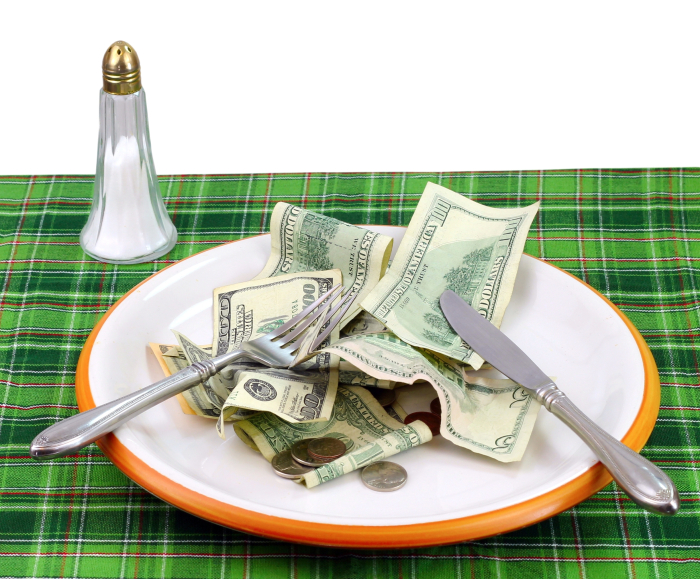
Consumer Price Index (CPI) − It compares the price of a basket over two years. One is the current year, and the other is the base year (previous years).
Wholesale Price Index (WPI) − This helps us understand the percentage increase in the price of goods. It is generally used for manufactured goods.
CPI = (price of the basket in current year/price of the basket in base year) * 100.
This takes into account both manufactured goods and services. It gives us a wholesome view, as a lot is required by individuals to survive and is included in the basket.
WPI = (current year product price/base year product price) * 100.
WPI - 100 tells us the percentage increase in the price of the good over time. It is a narrower view as compared to the CPI index.
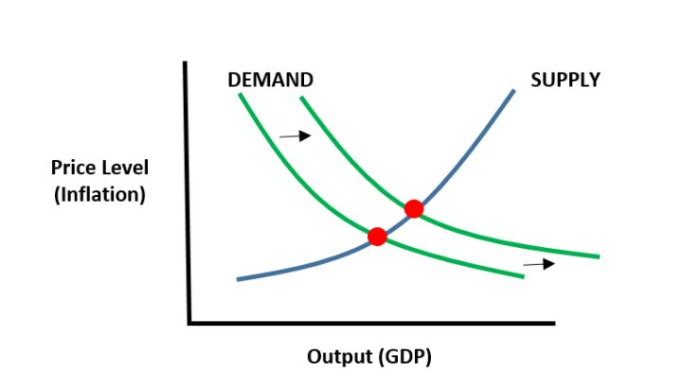
Demand-pull Inflation − This inflation occurs when there is an increased supply of money in the market. When there is money around, people tend to spend more. When the public spends more, there is an increase in the demand for goods and services because now they can afford more than they usually could. The increase in demand for goods and services causes a shortage in the supply of goods and services.
This shortage is addressed by raising the market price of goods so that only consumers who can afford to pay more can purchase the product. It is difficult for companies to increase the supply of goods and services as, generally, industries or companies operate at full utilization of resources. This is also known as "demand-pull inflation," as the prices of goods and services have increased because of increasing demand in the market.
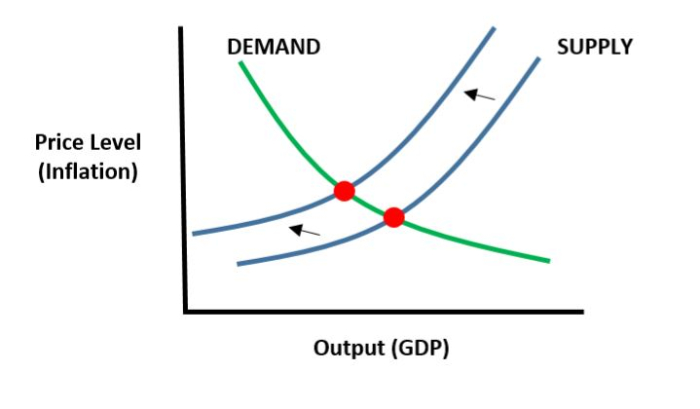
Cost-push Inflation − The price of a manufactured good may rise due to an increase in the price of raw materials or worker wages. This intermediate increase in the price of the process may cause a shortage in the supply of goods or services or increase the final price of the goods or services.
Built-in Inflation − This inflation occurs when the people in the economy believe that a particular level of inflation is going to continue in the future as well. For example, if the workers assume that x percent of inflation will occur every year, they might demand an increase in the wage rate by the same percentage or an increased one so as to maintain the current standard of living. This in turn will increase the product's cost price, and hence "cost-push" inflation will occur. This is also known as "inflation expectations."
Some industries decide to pass on the cost of the increased price to the consumers by increasing the price of the product, while others decide to shut down their factories, understanding the market and their consumers. They know that their consumers will not pay more for the product, which will lead to an excess stock of goods. This shortage or increase in the price of goods or services is met by the consumers' intact demand, resulting in cost-push inflation. Inflation here happens because of the supply side of the product.
Inflation can also be divided in terms of the rate of Inflation in an Economy
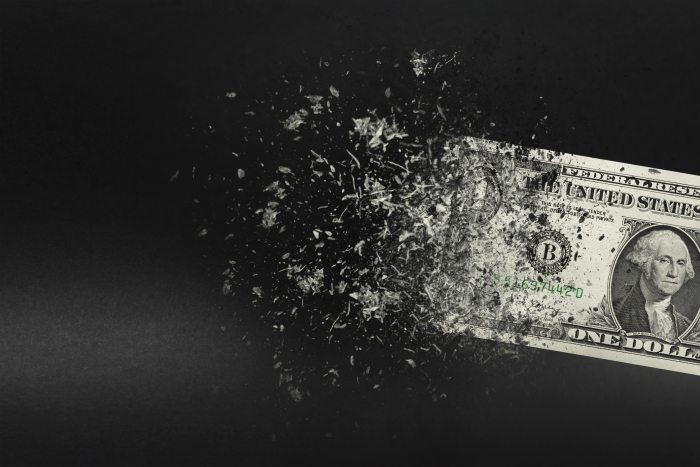
Hyperinflation − It is a situation in which the inflation rate is more significant than three digits. 1000% is the start of hyperinflation.
Galloping Inflation − In this type of inflation, the rate of inflation is in double or triple digits. For example, the inflation rate could be between 10% and 999%. As the name suggests, inflation is taking big steps forward, and there is a huge gap in the range of the inflation rate.
Moderate or Creeping Inflation − This is a type of inflation where the inflation rate is less than 10% and greater than 0. Here, the prices of the products are increasing every year but at a mild rate. Moderate inflation, or "creeping inflation," is what we see in most developed and developing countries and seems fine to economists and financial experts.
The opposite of inflation is deflation. Deflation is a situation in which the prices of goods and services decrease over time and, hence, the purchasing power of individuals increases. It means that in 2022, a person can buy more goods with Rs 100 than they could in 2000.
Economists and various financial experts generally suggest an inflation rate of 2% every year. This inflation rate ensures that the economy is growing as a whole and is moving up the development curve. Countries should not try to avoid inflation, but rather embrace it at a moderate rate.

